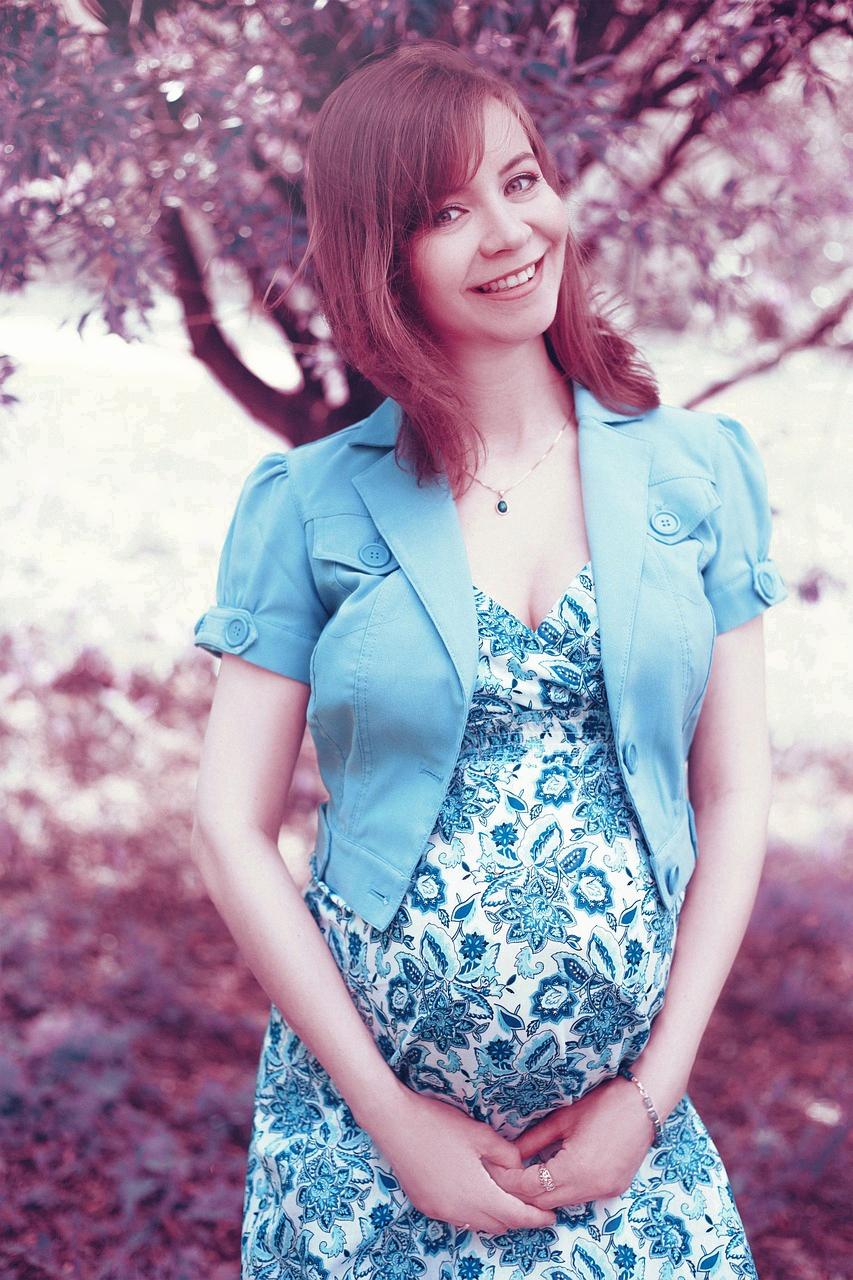When it comes to early pregnancy, the look of your bump can vary greatly from woman to woman. During the first trimester, it’s normal for your belly not to show significant changes. Many women may notice a slight roundness in their midsection, but this is often attributed to bloating rather than the baby’s growth.
Physical Changes in the First Trimester
As you progress through the first trimester, you may start to notice subtle changes in your abdominal area. By the end of the first trimester, around 12 weeks, you and your partner may be the first to observe a small bump forming. This bump is typically more evident in petite women or those who have been pregnant before.
Factors Influencing Bump Size
Various factors can influence the size and appearance of your early pregnancy bump. Body type, muscle tone, and the position of the uterus can all play a role in how soon your bump becomes noticeable. For some women, the bump may be more prominent due to factors like a tilted uterus or carrying multiples.
Differences in Bump Sizes
It’s essential to remember that every pregnancy is unique, and bump sizes can vary widely among individuals. Some women may have a noticeable bump early on, while others may not show as much until later in the pregnancy. The rate of fetal growth and how the baby is positioned in the uterus can also affect the size and shape of the bump.
Understanding Bloating and Swelling
In the early stages of pregnancy, bloating is a common occurrence due to hormonal changes and increased progesterone levels. This bloating can cause your abdomen to feel larger than usual, giving the appearance of a bump. Swelling and water retention can also contribute to the size of your belly in the early weeks.
Embracing Your Changing Body
While it can be exciting to see your bump grow throughout pregnancy, it’s essential to embrace your changing body and the unique journey of pregnancy. Your bump size and shape will evolve over the coming months as your baby continues to grow and develop. Celebrate these changes as a beautiful part of the pregnancy experience.
Consulting with Your Healthcare Provider
If you have any concerns about the size or appearance of your early pregnancy bump, don’t hesitate to discuss them with your healthcare provider. Your OB-GYN or midwife can offer guidance and reassurance, ensuring that your pregnancy is progressing normally and that both you and your baby are healthy.
Watching for Signs of Abnormal Bump Growth
While bump size can vary, it’s essential to watch for any sudden or extreme changes in your abdominal area. If you experience rapid swelling, severe bloating, or abdominal pain, contact your healthcare provider immediately. These symptoms could indicate a potential complication that requires medical attention.
Keeping Track of Your Pregnancy Progress
Consider documenting your pregnancy journey by taking photos of your bump throughout each trimester. This visual record can help you see how your body changes over time and reflect on the remarkable process of growing new life. Share these moments with your partner, family, and friends to celebrate together.
Enjoying the Miracle of Pregnancy
As you marvel at the wonder of pregnancy and the incredible transformation your body undergoes, remember to cherish each moment. From the early stages of your pregnancy bump to feeling your baby’s first kicks, every experience is a part of the miraculous journey of bringing new life into the world. Embrace this time and savor the joy it brings.
Conclusion
In conclusion, the early pregnancy bump may vary in size and appearance for each woman, influenced by factors such as body composition, uterus position, and fetal growth. Embrace the changes in your body with positivity and seek guidance from your healthcare provider if you have any concerns. Celebrate the unique journey of pregnancy and enjoy the miracle of bringing new life into the world.

